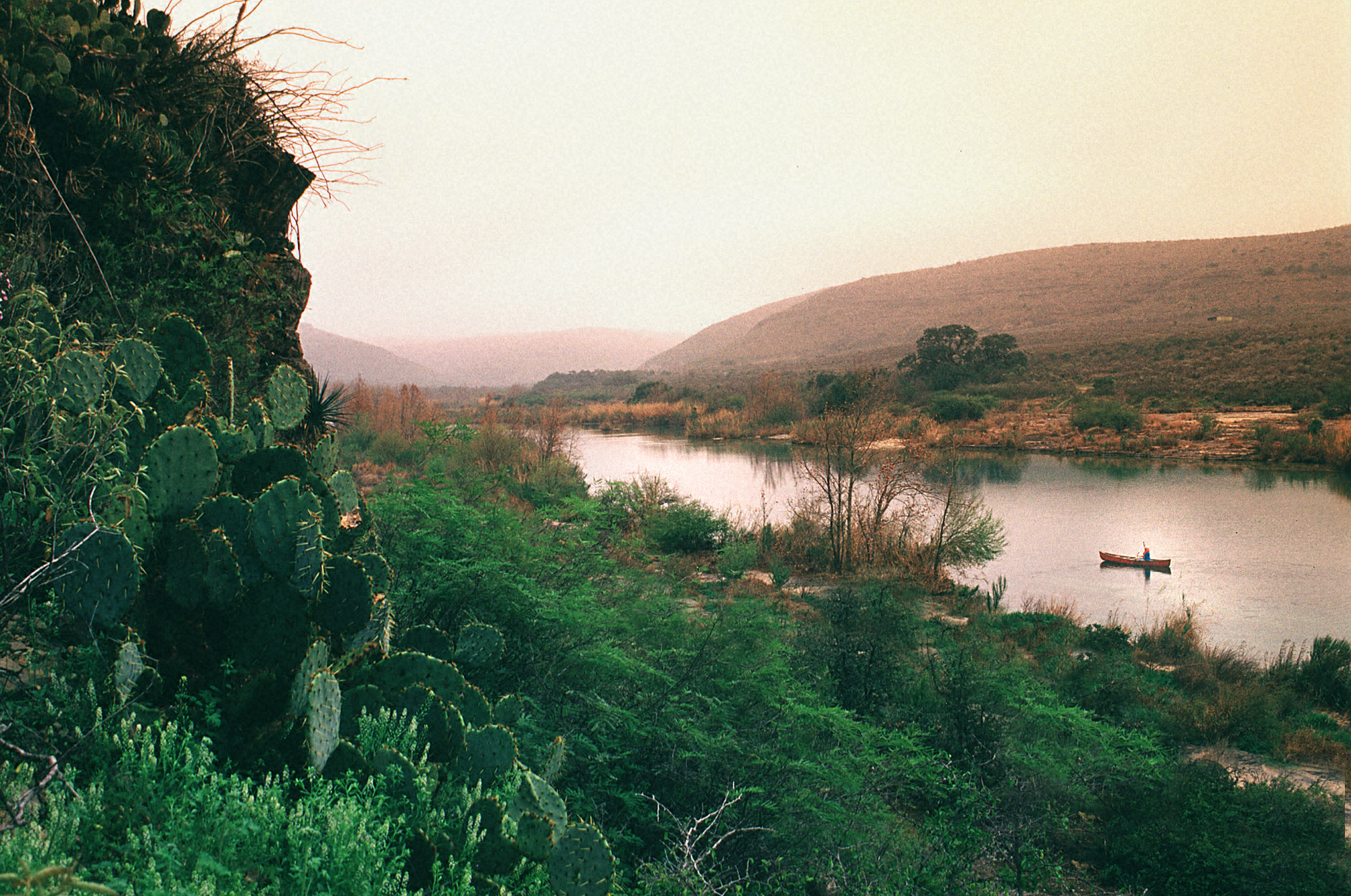Preserving Riparian Zones
This is Passport to Texas
Recent statewide flooding events beat up native vegetation in riparian zones, leaving behind tangles of uprooted trees and shrubs. Landowners’ first instinct is to clean up the mess, but is that the best action to take?
One of the most important and critical components of a riparian area is fallen vegetation.
Ryan McGillicuddy is a Texas Parks and Wildlife conservation ecologist.
As fallen wood—woody debris—start to decompose, they add nutrients to the soil. They act as fish and wildlife habitat. They act as cages that protect new plants. The next generation of trees. The next generation of grasses. It provides a little refuge for those plants to get started before they’re browsed on by wildlife or they’re trampled by foot traffic.
Despite the unsightly nature of this vagrant vegetation, McGillicuddy says it is a critical component of a healthy functioning riparian area. Provided it’s not creating a safety risk, he says to consider leaving it where it is.
Another thing it does is as flood waters do rise up and spill out of their banks, that wood can help slow some of that water down, and help capture sediment. And, when the sediment falls out of the water, it’s actually building the structure of the banks. Adding sediment and new layers of soil, as opposed to it being washed away when there’s not a diversity of species for something like a mowed lawn. Or an area that’s been over-grazed.
Texas Parks and Wildlife has worked with landowners along the flood ravaged Blanco River to revegetate with native plants.
The Wildlife and Sport Fish Restoration program supports our series.
For Texas Parks and Wildlife, I’m Cecilia Nasti.



 Passport to Texas is a
Passport to Texas is a  Passport to Texas is made available by:
Passport to Texas is made available by: